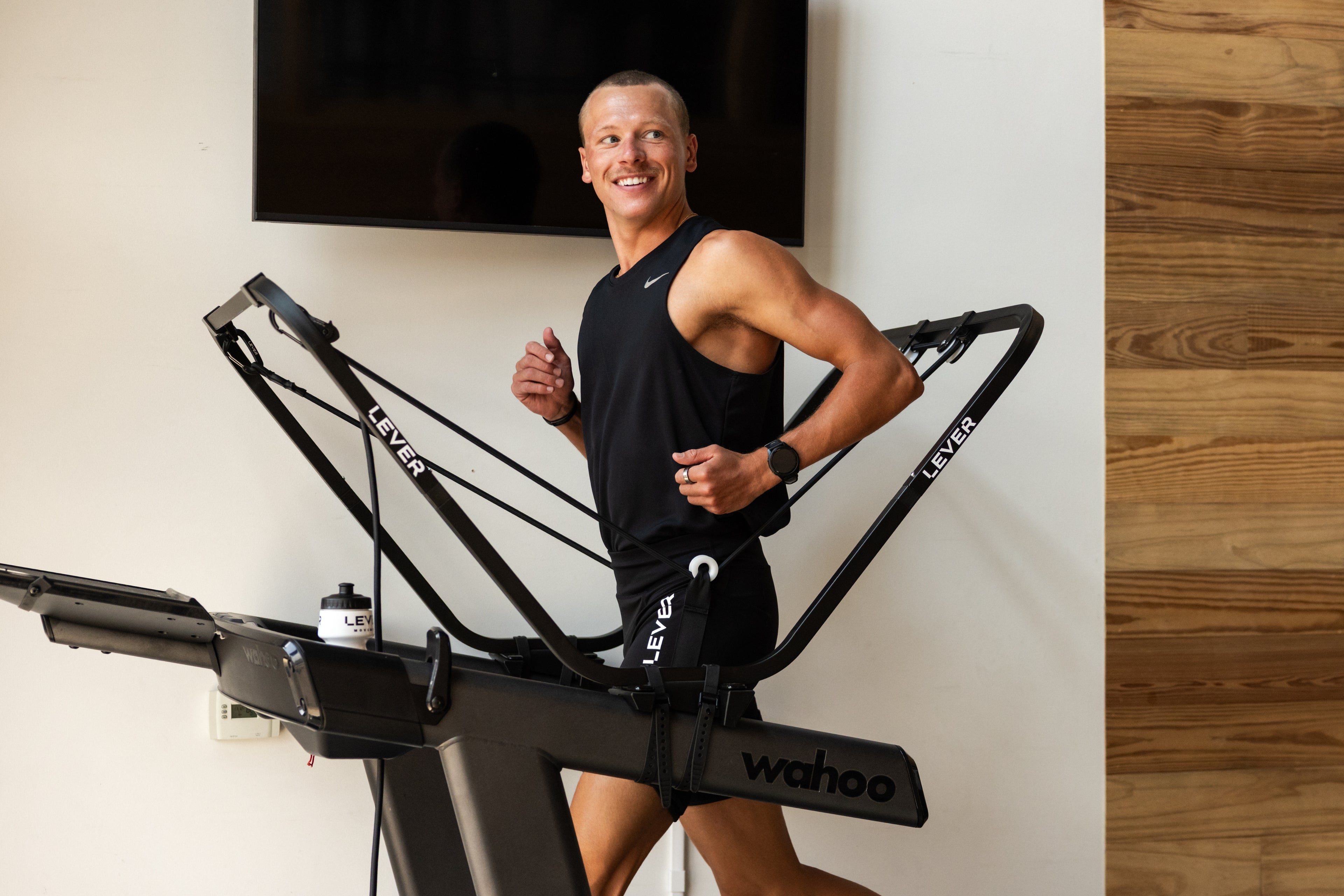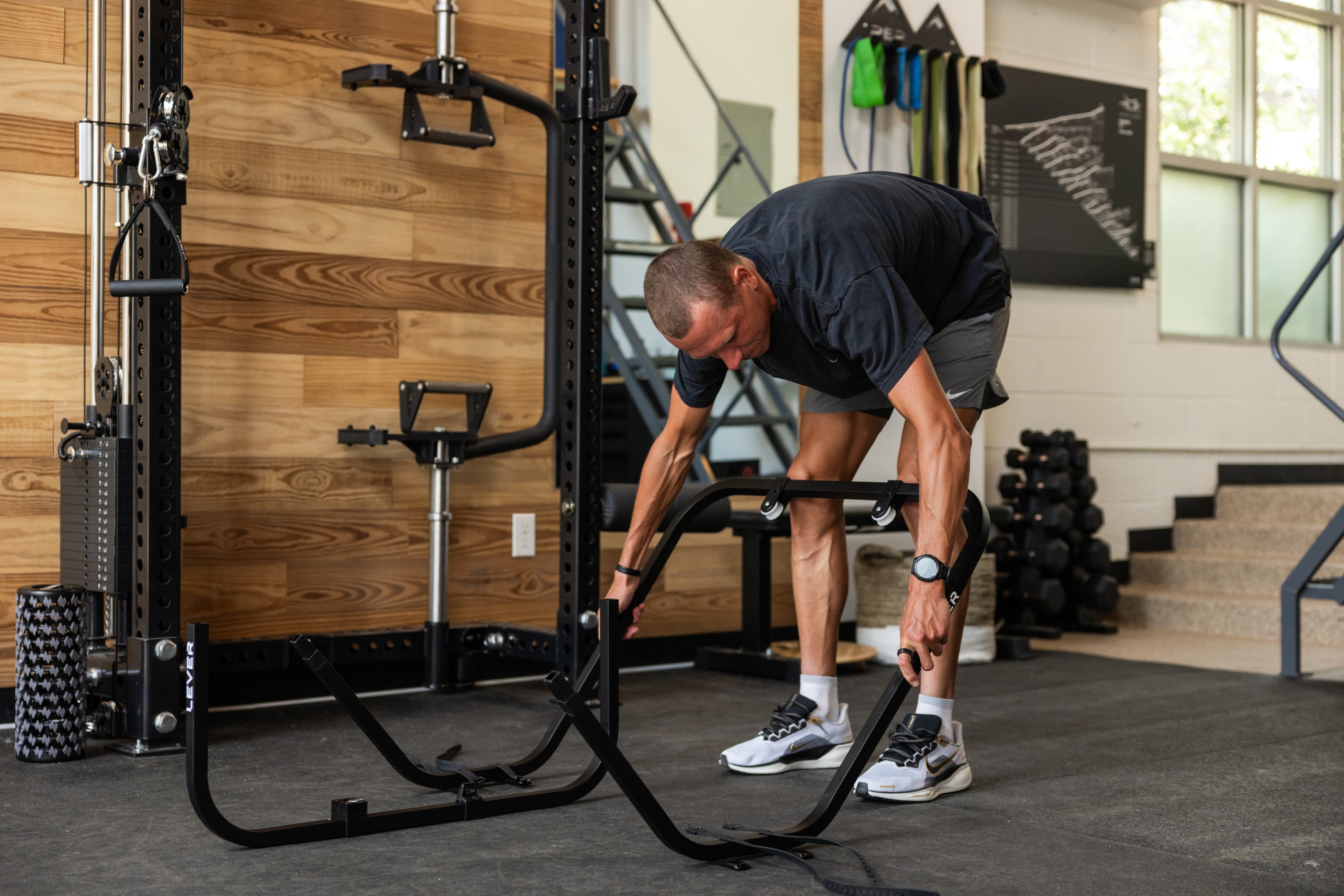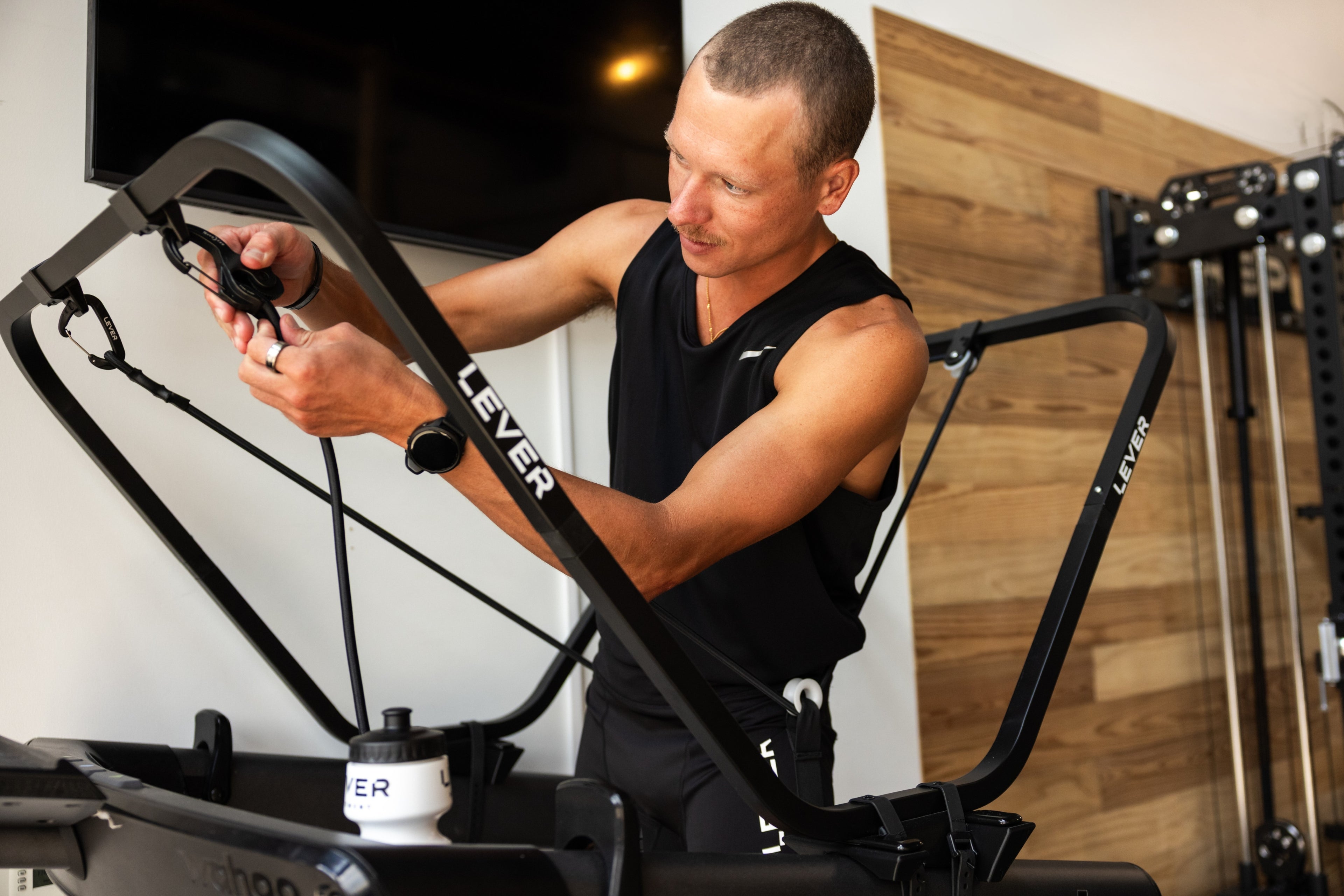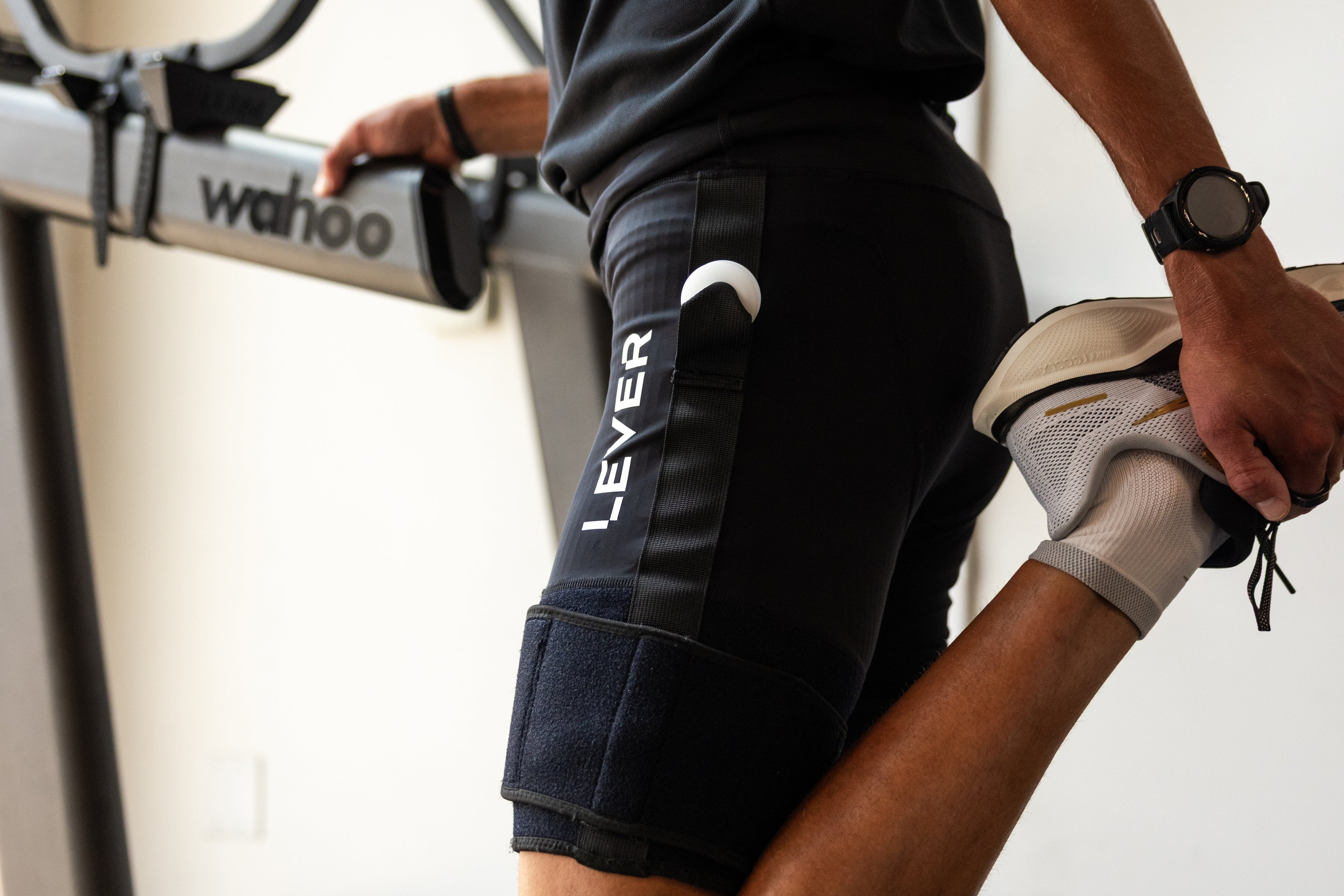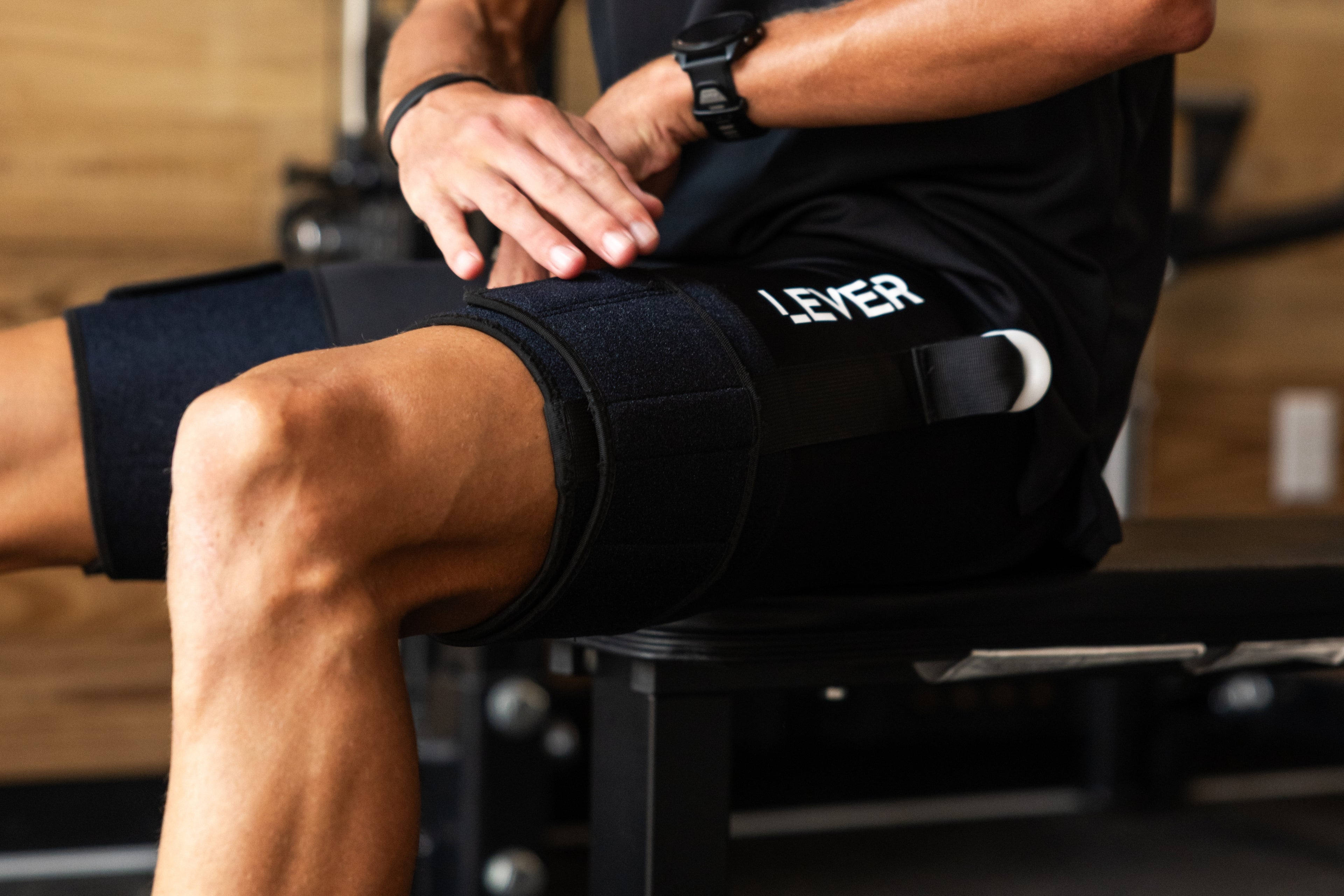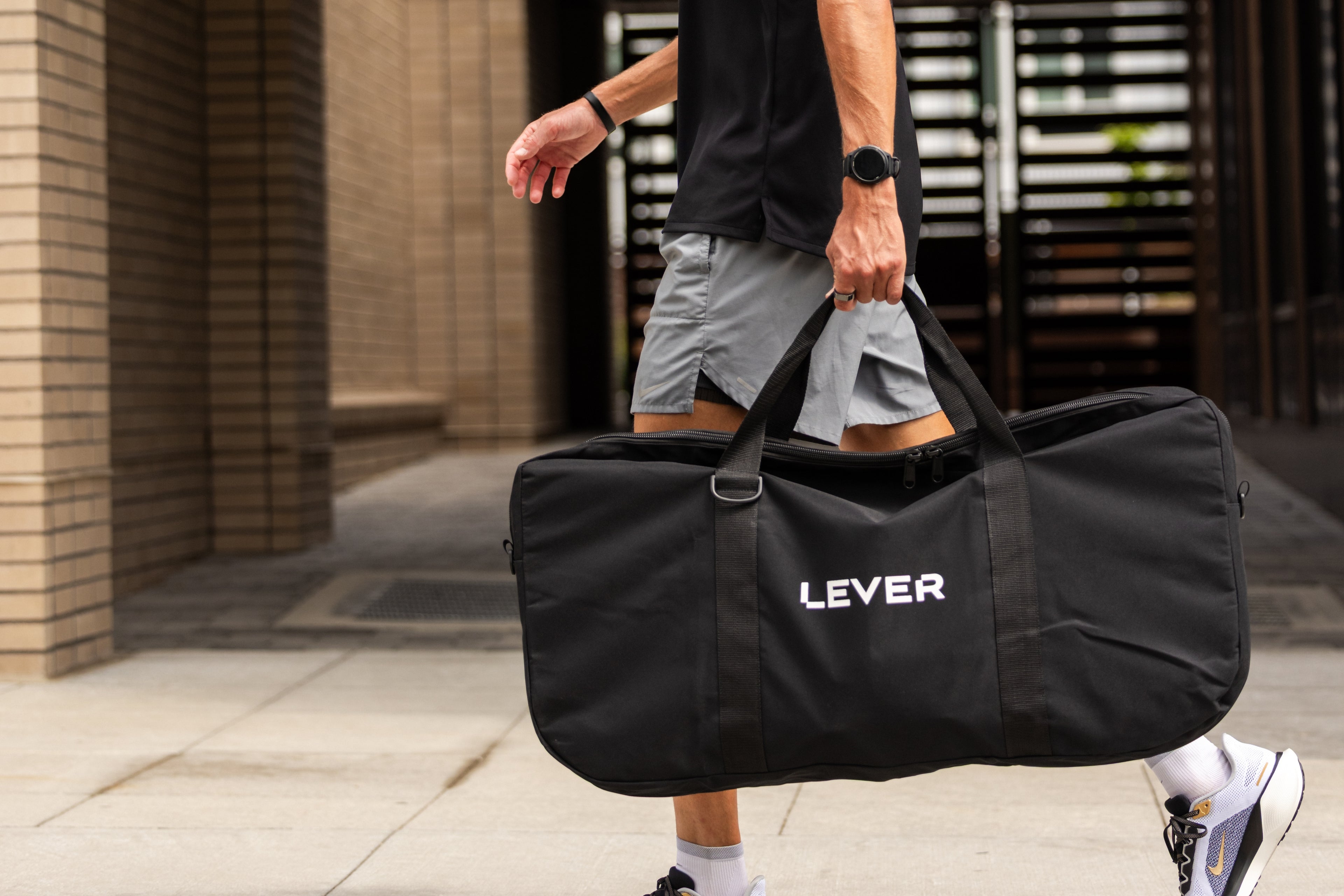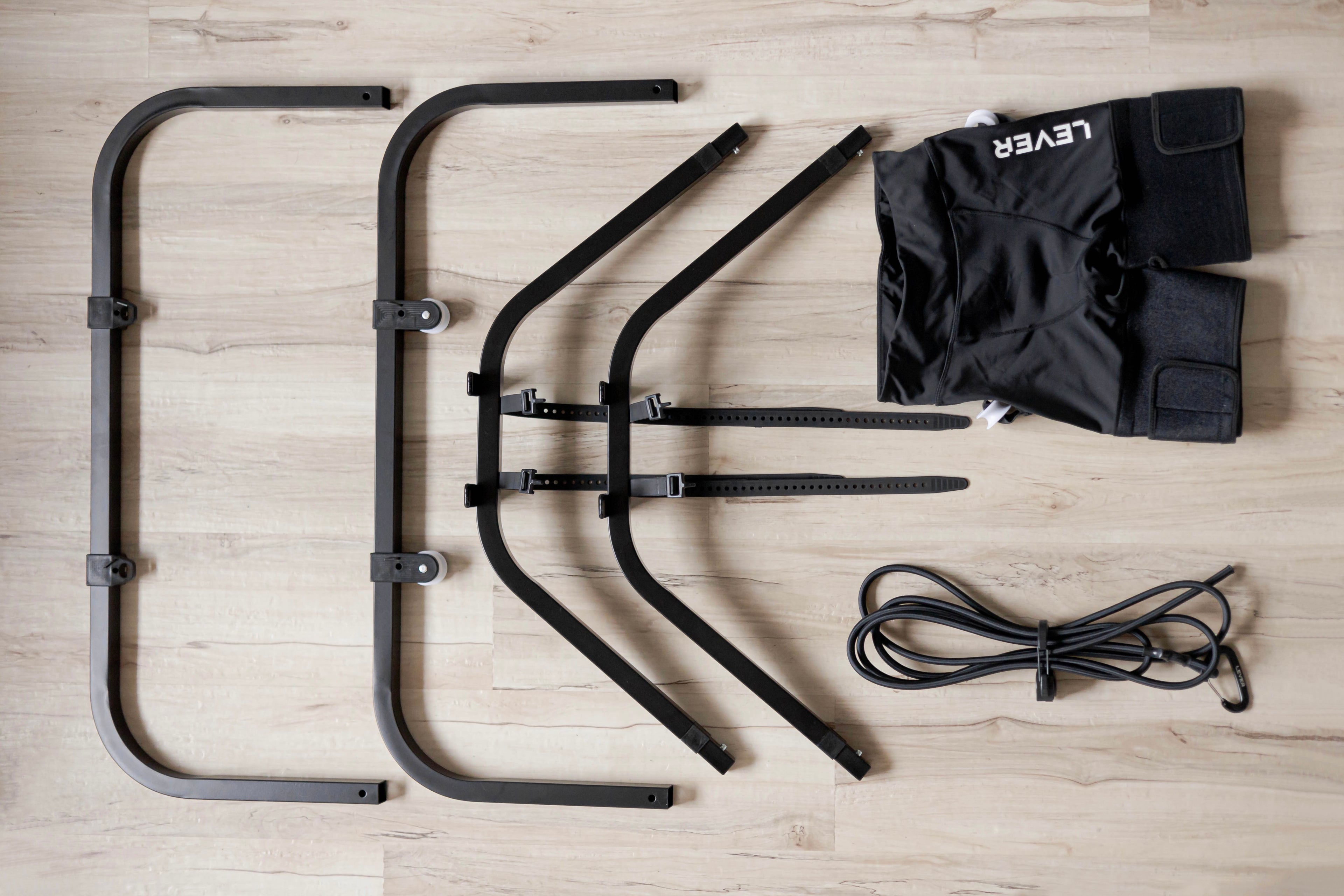We caught up with professional triathlete Olivia Dietzel on her remarkable journey to racing at the USATF 15K Championships, a venture that took her from triathlon training to the competitive pro running event. This transition was not just a shift in athletic focus but a leap into an arena filled with new challenges and opportunities for growth. Here, Olivia shares her experiences, the formidable obstacles she overcame, and the unexpected triumphs that defined her race.
A Test of Endurance and Will
I don't think I've ever been so nervous for a race as I was for this one. I'm a professional triathlete, not a pro runner, so I was quite intimidating toeing the line with the top female runners in the US. Heading into it, my expectations were pretty low because I was coming off my toughest, highest volume few weeks of triathlon training that I've ever done, and I didn't taper at all for the race. During my warm-up run and strides the morning of the race, I could tell my legs were totally destroyed from the tough week of training. However, I knew that my goal was not to race the fastest possible 15K, but to prepare as best as possible for my A races for the first part of the year (Ironman Cairns and Challenge Roth). My coach was flexible enough to allow me to accept the opportunity to race in a pro running event, but the agreement was I wouldn't get to taper or really adjust his Ironman training plans because Ironman Cairns was in the crosshairs, not USATF 15K Championships. The course was hilly and coming from Wisconsin, the Jacksonville, Florida heat and 95% humidity was a little bit of a shock to the system. To my surprise, I slowly worked my way through the field and ended up finishing 15th out of 26 pro women and averaged 5:57 pace per mile.

Race Day: A Rollercoaster of Emotions
The morning of the race was a whirlwind of emotions. I really had to channel my "why" for training in competing during this race because pushing a fast pace on trashed legs over hilly terrain was extremely difficult. The pain set in about mile 4 and I had to mentally push through extreme fatigue and lactic acid buildup in my legs from the heavy training load leading into the race. My quads cramped on the last giant hill around mile 8/8.5 but I fought through it as best I could. What really surprised me though, was how aerobically comfortable the entire race felt. I was never breathing heavily, even in the last mile where I clocked a 5:39 to finish the race. My legs were absolutely the limiting factor, which is totally expected when you've had several hard weeks of 30-35 hours of training leading into the race.
Integrating the LEVER System: A Game-Changer in Training
I honestly believe that the LEVER system has been a very important tool in my recent Ironman and 70.3 training. Living in Wisconsin, I don't run outside in snow or ice for risk of slipping, so all of my winter running is done on the treadmill. It also helps me maintain some amount of heat acclimation. I used the LEVER in a few different ways. First, I'm typically a pretty low mileage runner since I don't have much of a formal running background (didn't run in college and only ran a few years in high school). The LEVER has allowed me to slowly build up my weekly run mileage from 25-30 miles per week to closer to 50 on average the last few weeks (I hit 60 for the first time the week of 15K Nationals). About once per week, I use the lever to help my body and muscles get used to running faster for longer periods of time. I've been doing a zone 2 effort 1-hour run off the bike on the LEVER each week. These runs are with 20 lb removed from my body weight and at 5:55-6:00 pace per mile (equivalent to a 6:45-6:40 pace with full body weight). As we run faster and increase our turn-over, our muscles are being used in different ways and some muscles are being worked harder than at slower speeds. By doing these hour long faster runs, it helped my body and muscles prepare to maintain a faster turnover and faster pace for longer periods of time. And it definitely worked because I ended up running 5:57 pace for 56 minutes (almost exactly what I was training at for those z2 runs on the LEVER). Lastly, I used the LEVER for some overspeed interval work during double or triple brick workouts. This helped me really focus on faster turn-over while maintaining good form. I believe all of these benefits from the LEVER allowed me to increase my run fitness, aerobic capacity and leg strength needed to not only run a surprisingly fast 15K on a hilly course, but also get an 8K and 10K PR during that 15K!

Looking Ahead: A Year Filled with Promise
With the USATF 15K Championships behind me, my sights are set on a packed racing calendar. The blend of triathlon and running events not only fuels my passion for competition but also allows me to leverage my quick recovery abilities. As I gear up for Ironman 70.3 Oceanside and the prospect of more pro running races.











